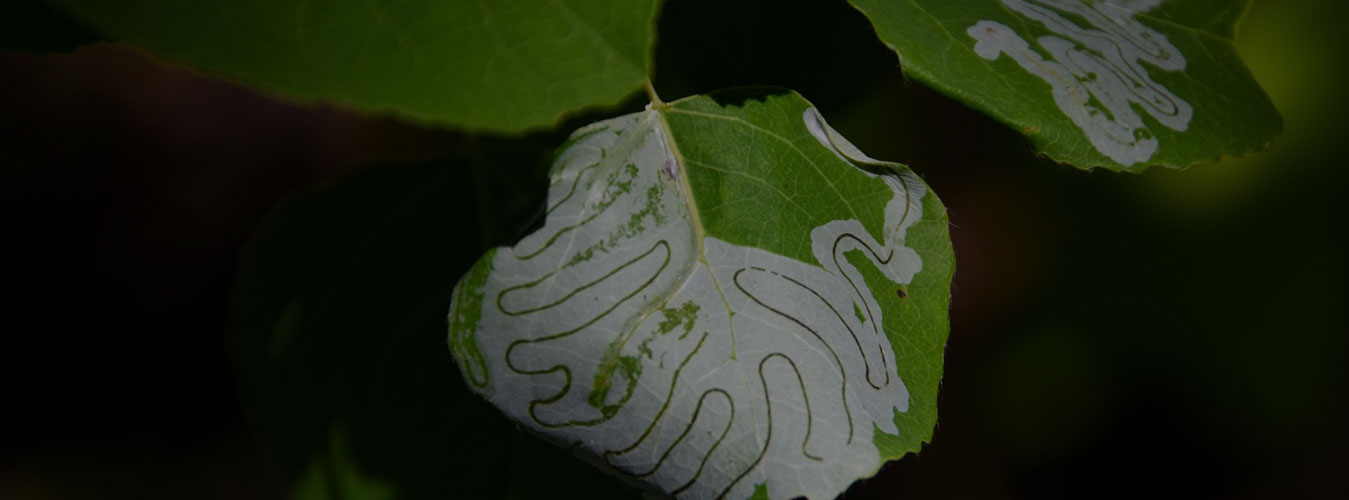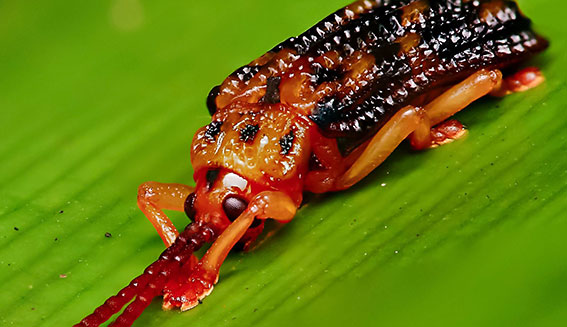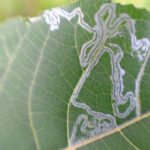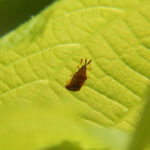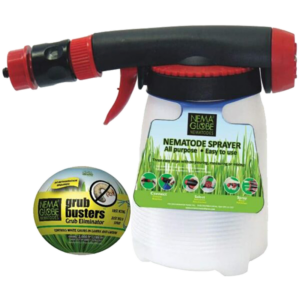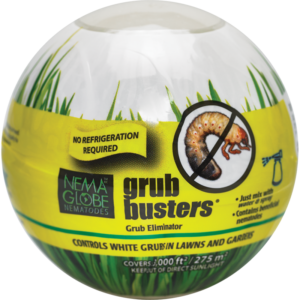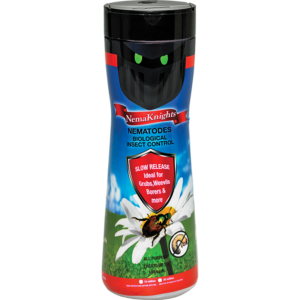Your cart is currently empty!
Damage
The larvae of leaf miners excavate a mine into the tissue of leaves eating the leaf’s chlorophyll between the epidermal layers and leaving behind their waste material, called frass. Some leaf miners mine snake-like trails across the leaf, leaving long serpentine damage. Others remain in one place, creating a large leaf spot. In both cases, they affect the amount of chlorophyll in the leaf resulting in less photosynthesis to provide enough energy for the plant. Heavily infested leaves drop off the plant entirely which can affect plant growth. Edible plants such as spinach and ornamental plants such as azalea can lose marketability as they do not look nice.


